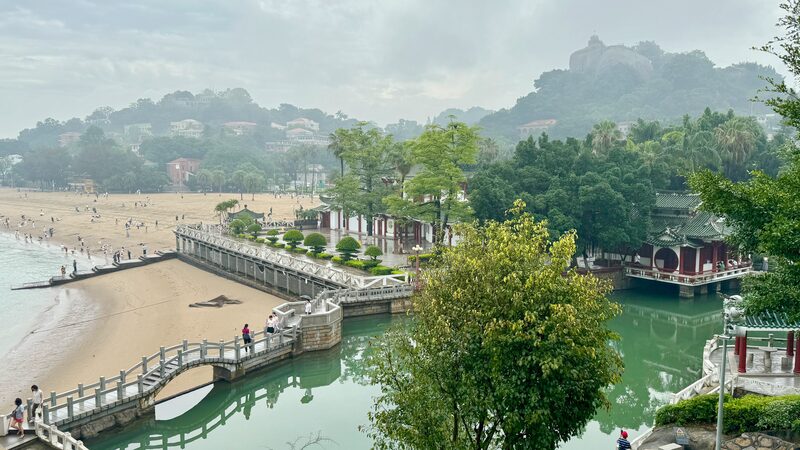From the misty mountains of Anhui to the heart of Germany, Hui-style architecture is making waves globally—and Cheng Jiyue is at the forefront of this cultural movement. 🌍 Known for blending intricate carvings, white-walled buildings, and serene courtyards, Hui-style design has enchanted centuries of admirers. Now, Cheng is bringing its magic to new audiences.
From Anhui to Berlin: Building Bridges with Gardens
Cheng’s crowning achievement, the Chunhua Garden in Germany, is the first Hui-style garden outside Asia. Imagine cobblestone pathways winding past lotus ponds, wooden lattices casting geometric shadows, and rooftops curved like poetry—this is Hui-style in action. 🏯 Cheng describes it as \"a dialogue between nature and craftsmanship,\" a philosophy rooted in ancient Chinese tradition.
What Makes Hui-Style Unique?
Hui architecture, born in southern China’s Huizhou region, is famous for its \"three carvings\": stone, wood, and brick. Cheng explains how these elements reflect harmony with the environment, using locally sourced materials and symbols of prosperity. 🪔 \"Every pillar and tile tells a story,\" he says, highlighting motifs like peonies (wealth) and cranes (longevity).
Why It Matters Now
Young architects and culture enthusiasts are rediscovering Hui-style’s sustainable principles and minimalist beauty. Cheng’s work also taps into a growing appetite for cross-cultural connections—think K-drama fans obsessing over hanok houses, but for Chinese design. 📸 \"It’s not just about preserving history,\" he adds. \"It’s about creating spaces that inspire the next generation.\"
Want to explore more? Cheng hints at future projects in Southeast Asia and a digital archive of Hui-style patterns. Stay tuned! ✨
Reference(s):
cgtn.com



